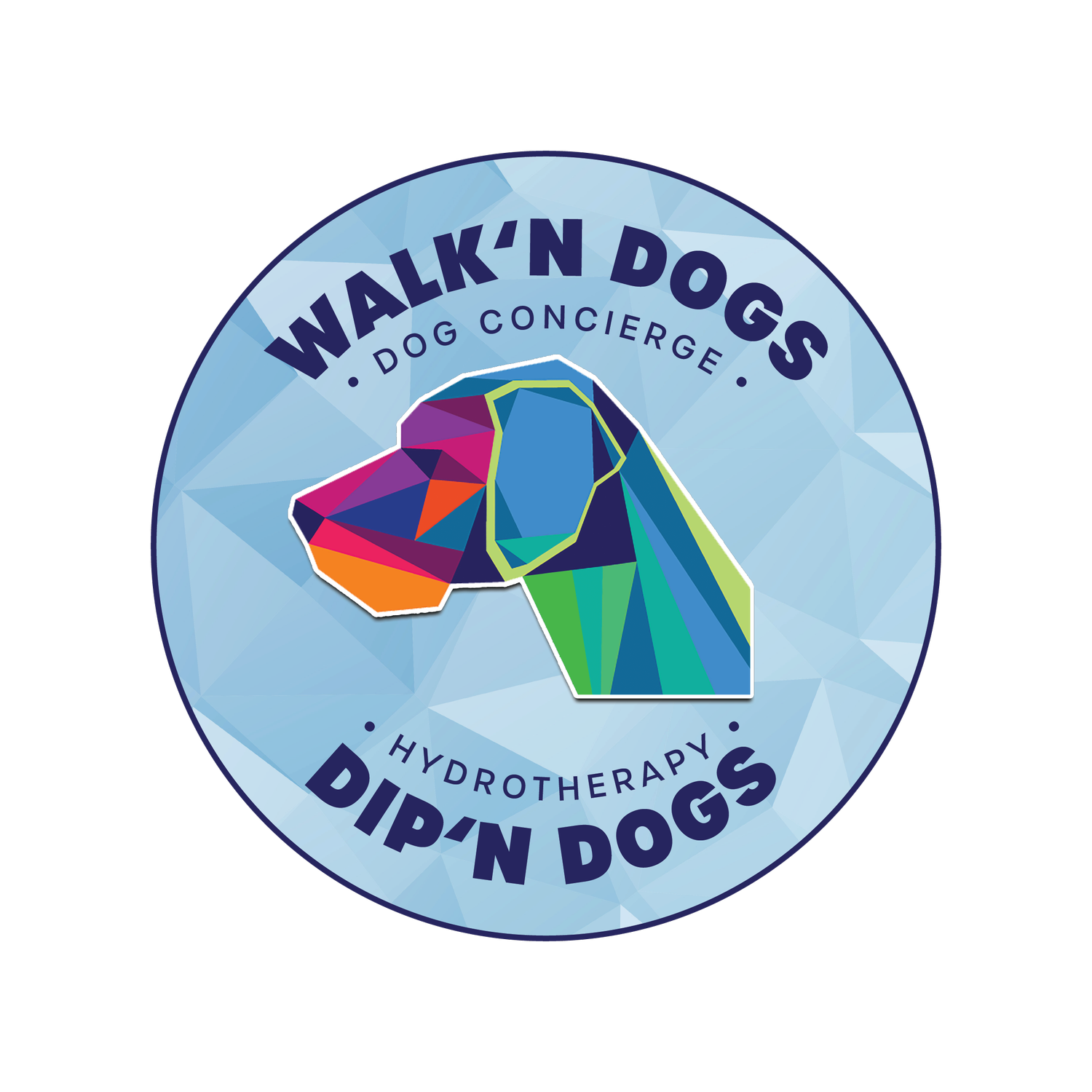Vestibular Disease in Dogs
What is Vestibular Disease?
We understand a ‘stroke’ from human medicine as a sudden hemorrhage or blood clot to an area of the brain that can lead to weakness, paralysis, potential loss of speech and cognitive functions and potentially, death. While it is not impossible for dogs to develop bleeding problems in the brain, the most common explanation for what is commonly called a ‘stroke’ in small animal medicine is actually vestibular disease.
Vestibular disease (or syndrome) is a general term describing clinical signs consistent with abnormal functioning a part of the nervous system that controls the body’s balance and equilibrium. The vestibular apparatus is the neurological equipment responsible for perceiving your body’s orientation relative to the earth (determining if you are upside-down, standing up straight, falling etc.) and informing your eyes and extremities how they should move. The vestibular apparatus allows us to walk and run on uneven ground without falling, helps us know when we need to right ourselves, and allows our eyes to follow moving objects without becoming dizzy.
In animals and people, balance is controlled by the ears (vestibular receptors of the inner ear) working together with specific areas of the brain. Together they represent the vestibular system. If the vestibular apparatus is not working properly, then you may not accurately perceive your orientation. To put it more simply, you won’t know which way is up, whether or not you are standing up straight or slanted, and you will feel dizzy.
Signs of Vestibular Disease:
Ataxia (lack of coordination without weakness, or involuntary spasms- stumbling and staggering around)
Nausea, vomiting (motion sickness)
Nystagmus (abnormall eye movements)
Circling
Head tilt
Inability to Stand Up
Falling to one side
Trouble with other nerves controlling the head and face
Breeds at Risk for Vestibular Disease:
German Shepherd
Doberman Pinscher
Akita
English Cocker Spaniel
Beagle
Smooth Fox Terrier
Tibetan terrier
Causes of Vestibular Disease
Many diseases can cause loss of balance – an ear infection, ruptured ear drum, a tumor in the brain or the inner ear, a vascular problem, toxicity to chronic drug administration (e.g., metronidazole), and idiopathic vestibular disease – so it is important that a veterinarian examine your dog to begin to determine the most likely cause. An initial diagnosis is made by the history, general physical exam, ear exam with an otoscope, and by the neurological examination. If there is a suspicion that something else is going on, your veterinarian might recommend further tests. Additional tests could include blood work, imaging of the middle ear and/or brain (via x-rays and/or CT scan & maybe chest X-rays) to help rule out heart disease or tumors that could contribute to "wobbliness".
A middle ear infection is a likely possibility for vestibular disease especially if there is a history of ear infections. Debris in the external ear, could imply infection in the middle ear as well. Brain tumors can be a cause of vestibular disease if the signs fit with a lesion of the central nervous system. In these cases, CT or MRI scans, are needed to make the diagnosis. Such tumors may be treatable depending on their location. Idiopathic vestibular disease is the most common form of vestibular disease in dogs (also called "old dog vestibular disease"). The clinical signs happen extremely rapidly, sometimes over a few minutes, and can cause severe incapacitation.
Treatment for Vestibular Disease:
A major component of physiotherapy treatment is the advice that can be given especially in the initial phase after diagnosis. Handling techniques, home environment advice, exercise restriction and the use of assistive devices are essentials and will be taught and demonstrated by your pet’s physiotherapist.
Soft tissue massage and sensory stimulation are key and can be taught so you are able to perform them at home. In addition, an appropriate home exercise program (HEP) can be invaluable even early on. Specific exercise therapy allows stimulation of body awareness and strengthening of essential muscle groups. Canine Hydrotherapy can be introduced for strengthening, gait re-education, core stability promotion and improving cardiovascular fitness. It is necessary however that your pets home exercise and physiotherapy program is assessed and adjusted frequently to ensure the correct treatment plan and care is being provided.
Treatment depends upon the severity of the symptoms and the likely cause. An ear infection would require antibiotic therapy. In some cases in which a cause is not determined, or if it is presumed to be idiopathic disease, symptomatic treatment and supportive care is given. It is not unusual for a dog to be unable to get up and walk because the loss of balance is so severe. It is assumed that your pet feels dizzy and nauseous. With the more severe presentations, hospitalization, fluid support and medications for nausea are advised. If the patient is able to eat and drink, and came move about without needing significant assistance, home care can be appropriate.


